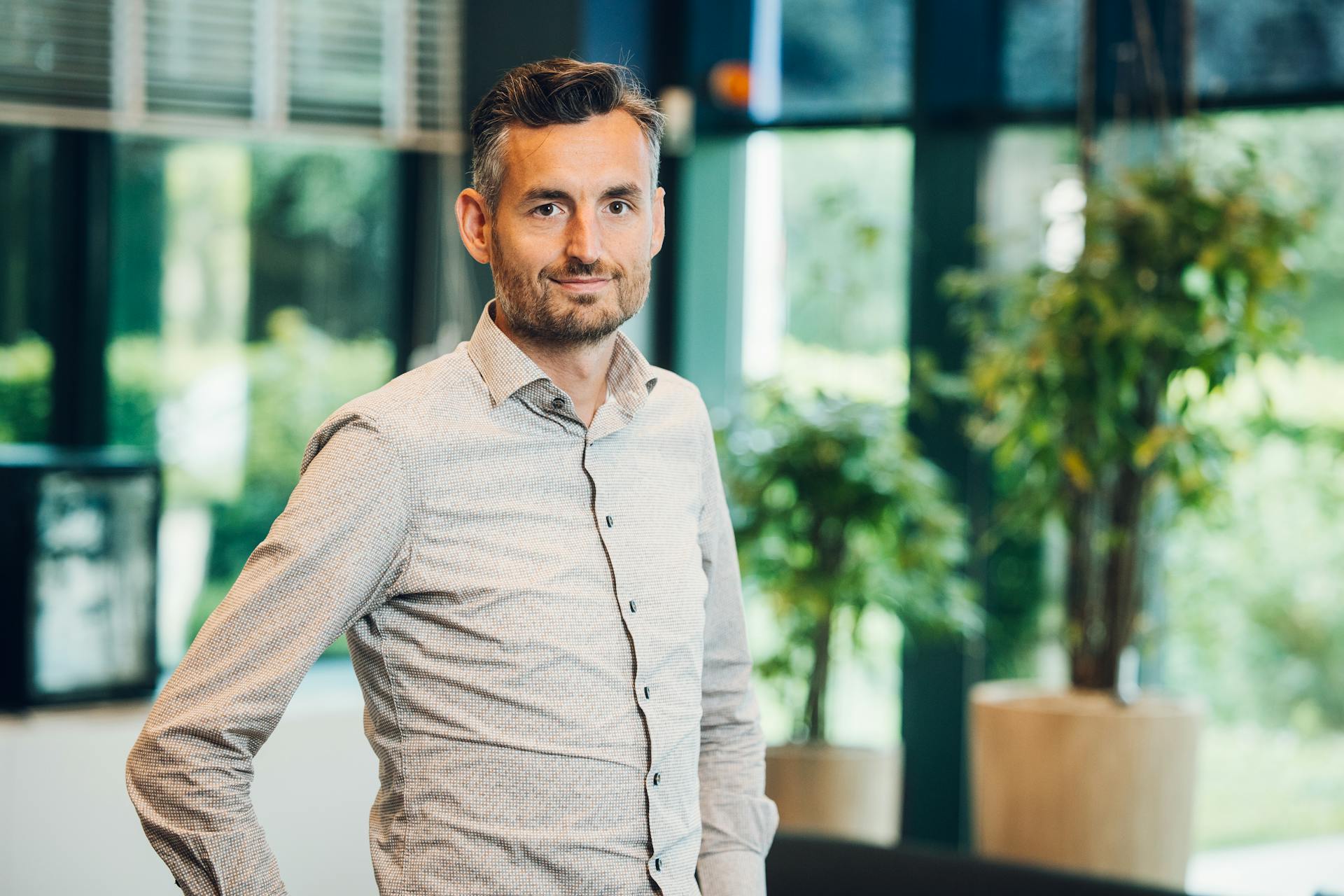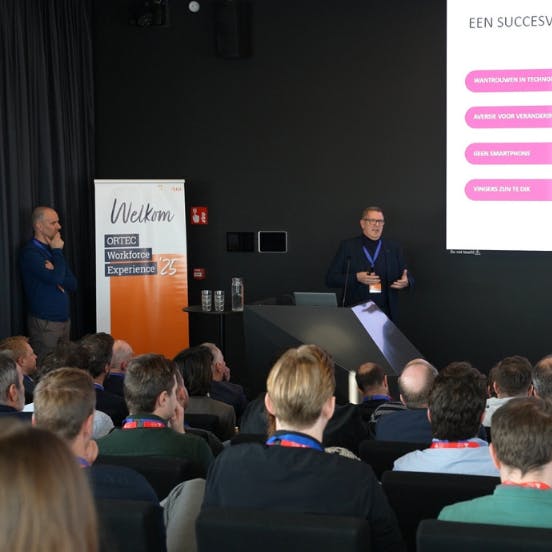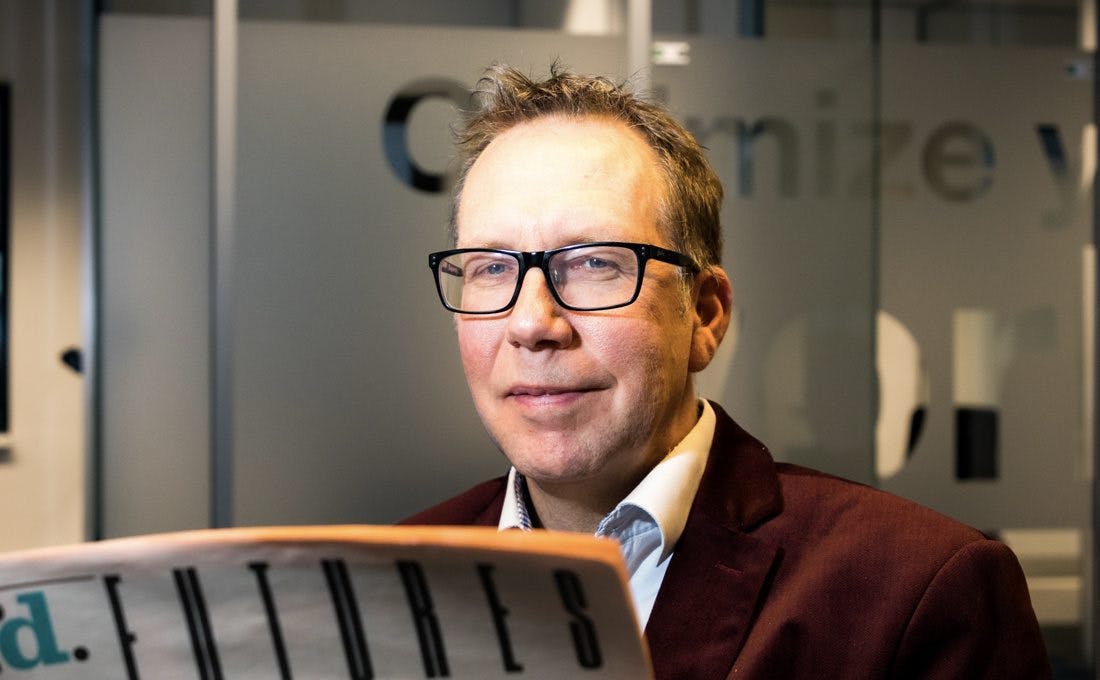1) Generation Z demands involvement and flexibility
Vincent Lemmens, EVP of the ORTEC Workforce division, addressed the labor shortage. At the same time, Generation Z, who have grown up with smartphones in hand, is entering the labor market. They expect flexibility from their employers regarding their availability and involvement through apps. This approach aligns seamlessly with ORTEC's plans, where we aim to better align supply and demand in the labor market through optimization solutions that take employee input into account while still addressing traditional challenges within Workforce Management.

2) Smart integration of HR, Payroll, and Planning pays off
Rob Smeets, COO of Port of Antwerp-Bruges, highlighted the digitalization steps of his organization, such as smart shipping and smart cameras. Through digitalization, HR planning, business, and payroll have been brought closer together. This leads to greater transparency, simpler HR processes, and more accurate data. Consequently, it results in better alignment with business goals, flexible compensation, and increased employee well-being and engagement. The modular ORTEC Workforce Management Suite, connected to analytics, plays a key role in this and integrates seamlessly into their digital ecosystem.

3) Involve employees in change
Kurt Praast, Head of Labour Dispatch, and Stijn Meeus, HR Director at DP World, shared the success story of their digitalization project in a traditional environment. Workforce scheduling is essential for a 24/7 operation with variable work volume and unpredictable labor supply. The ORTEC app plays a central role here. Crucial is the automatic planning and confirmation in the app, supported by good communication. By actively involving employees and addressing practical aspects, it became a successful change process. The key is that everything works well and all elements are taken seriously.

4) Smart planning as the key to success
Ronald Kenens, Director of GOM Belgium, emphasized the challenges in facility services, where thin margins and economies of scale are crucial. In the competitive cleaning industry, employees make the difference. That’s why GOM chose ORTEC: digitalization, proactive follow-up, and an integrated model with 'one single source of truth.' By placing planning at the center, colleagues and partners can share knowledge more easily, leading to lower costs, higher customer satisfaction, less administration, and a better employee experience—all for a future-proof organization.

5) AI creates a fairer and better plan
Goos Kant, SVP Industry at ORTEC Workforce Management and professor of Mathematics and AI, discussed the role of AI in the planning process. AI assists in accurately forecasting demand, translating this into staffing requirements, and creating schedules, including self-scheduling. The schedule optimizer, based on AI and mathematics, creates a fairer and better schedule in a shorter time. Goos demonstrated with practical examples how this leads to lower costs, higher employee satisfaction, and a faster, more transparent scheduling process. The benefits are enormous, as you can deploy employees and externals much smarter across departments.

6) Generative AI enhances employee experience
Wouter Luijten, SVP Product Management at ORTEC Workforce Management, discussed the roadmap to a modern cloud architecture with continuous innovations in performance and scalability. Generative AI, such as ChatGPT, within the workforce app offers great opportunities: employees can easily voice workforce-related questions, receive immediate answers, and have tasks and actions processed automatically, significantly improving the employee experience.

Want to know more about ORTEC Workforce Scheduling?
If you would like to learn more about ORTEC Workforce Scheduling following these 6 insights, please contact us.